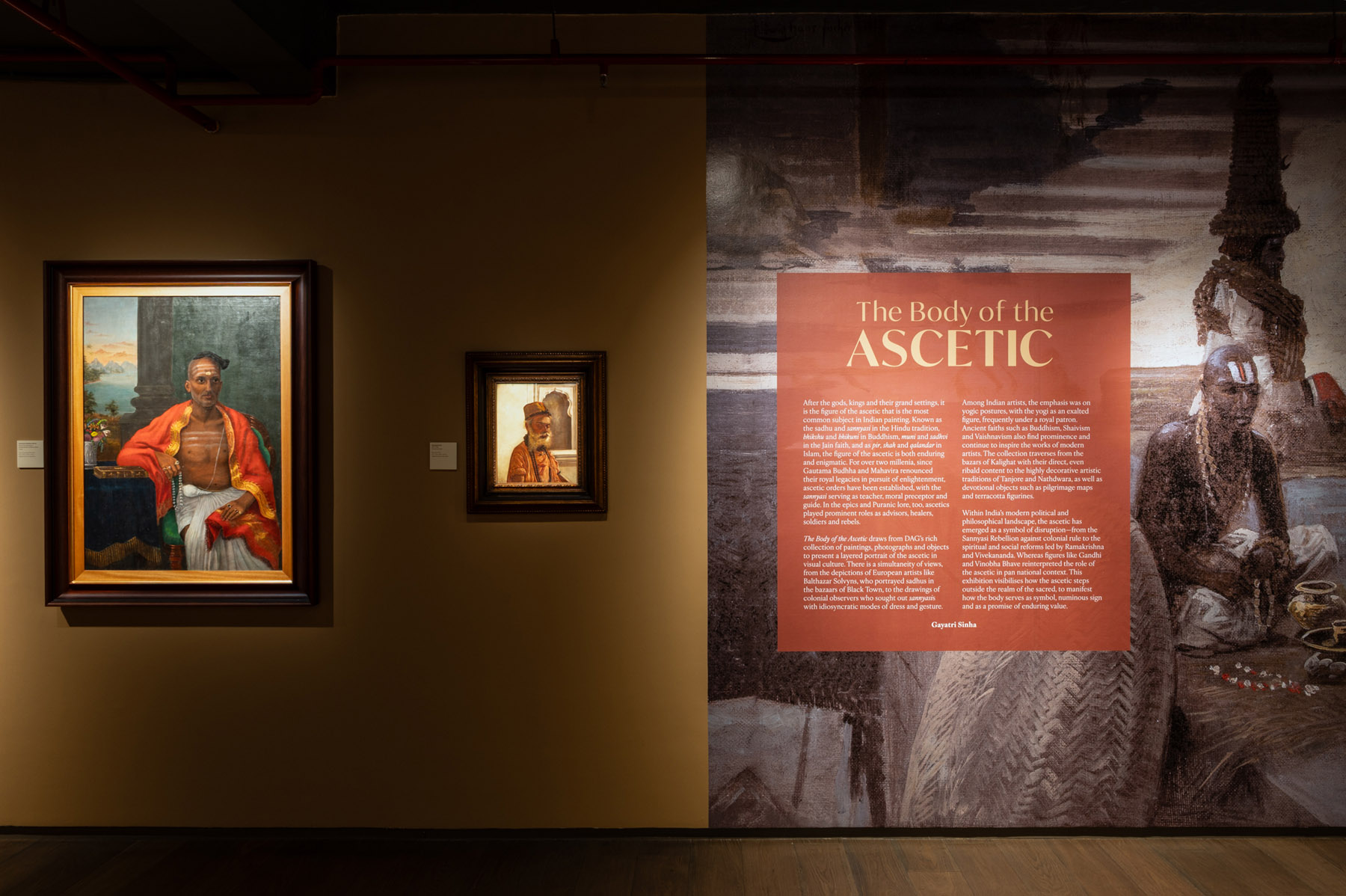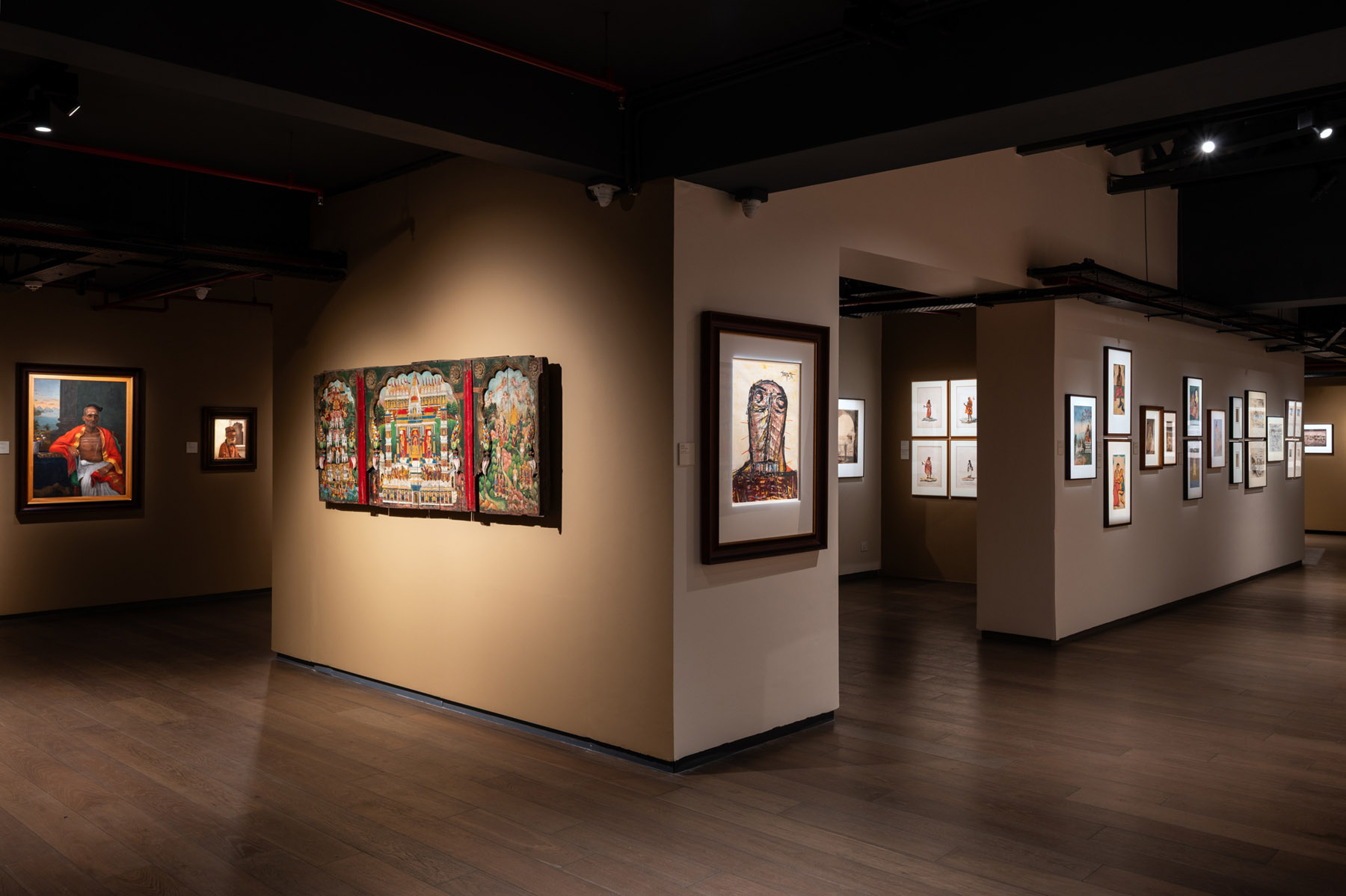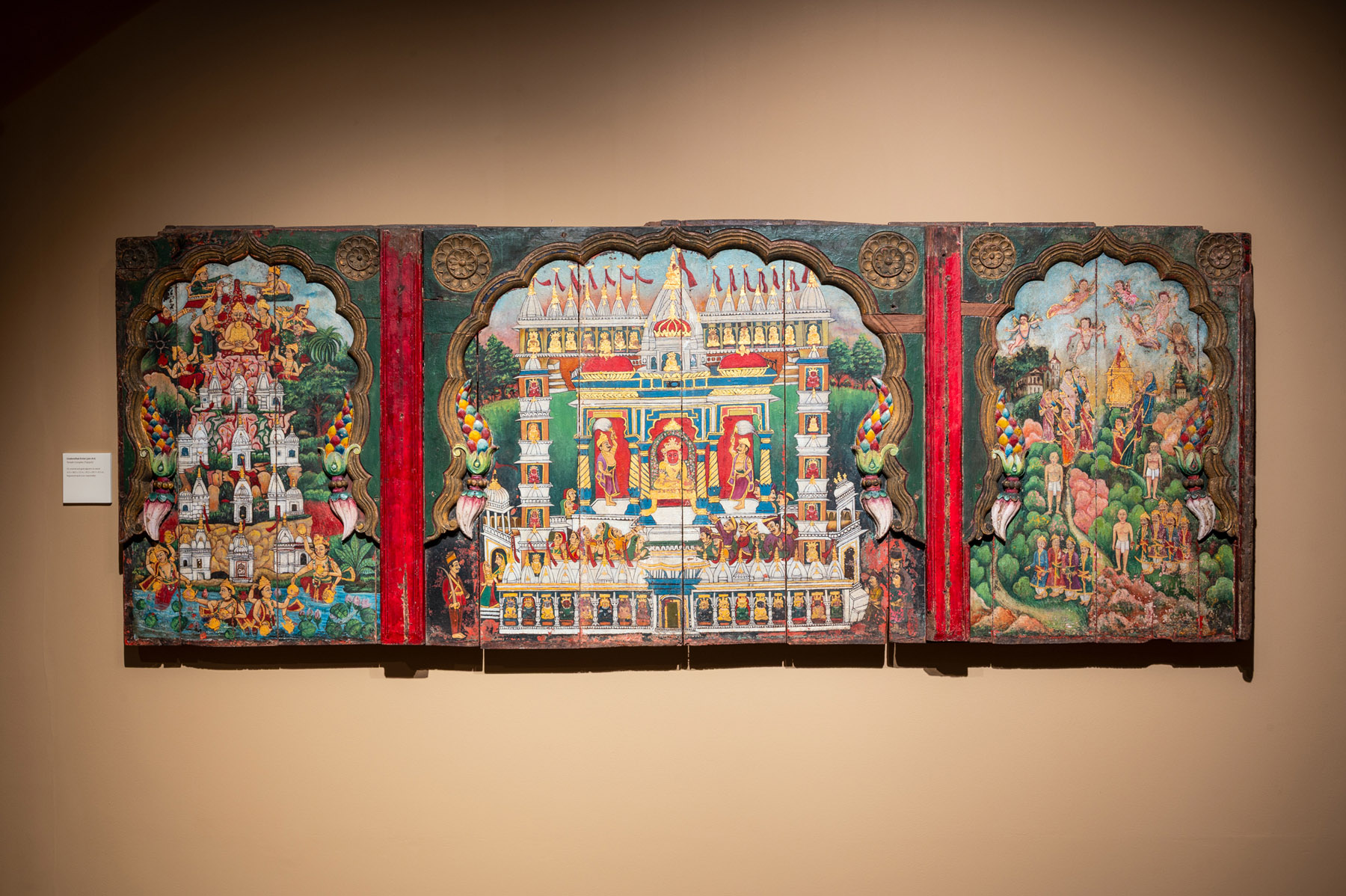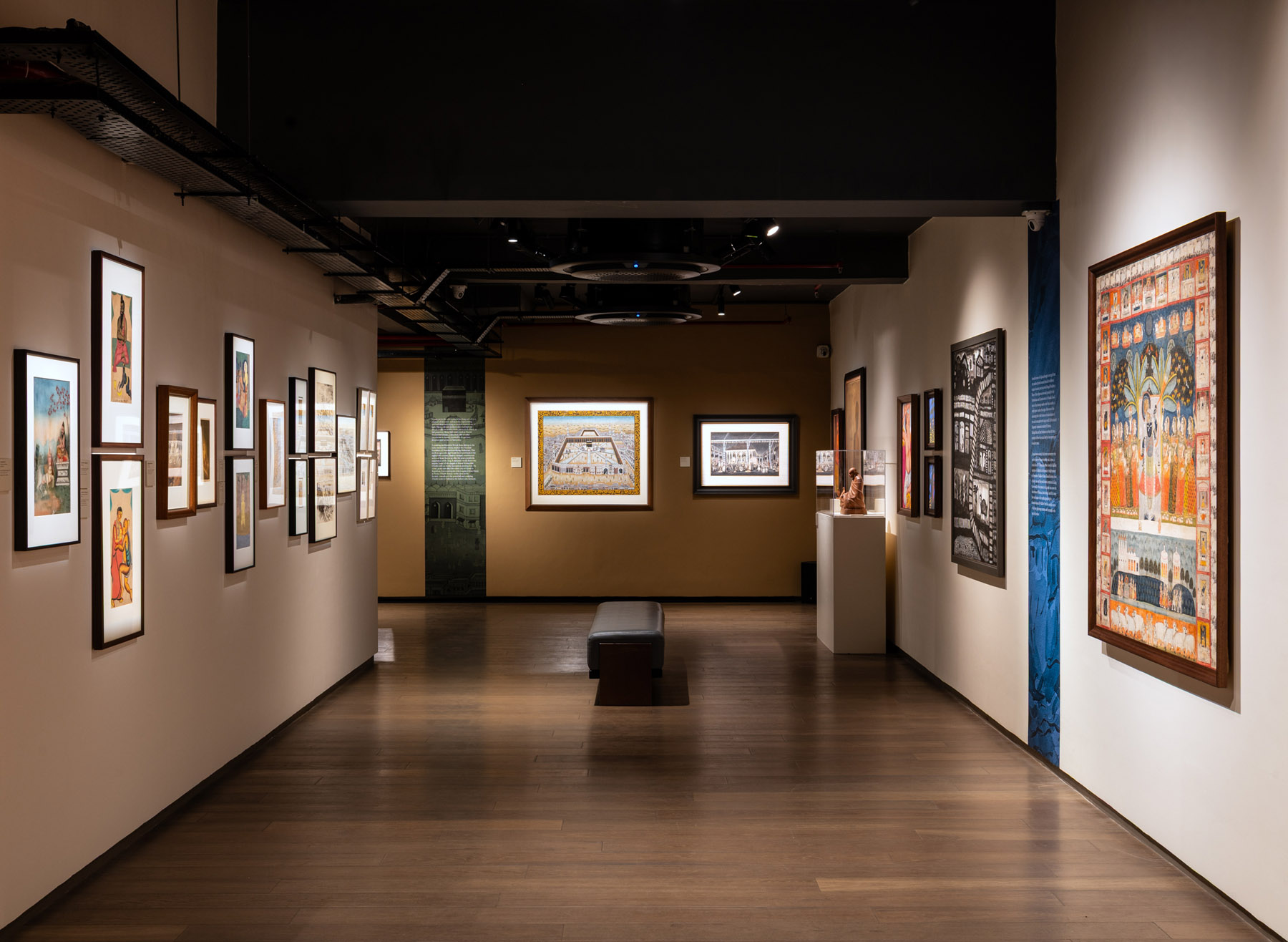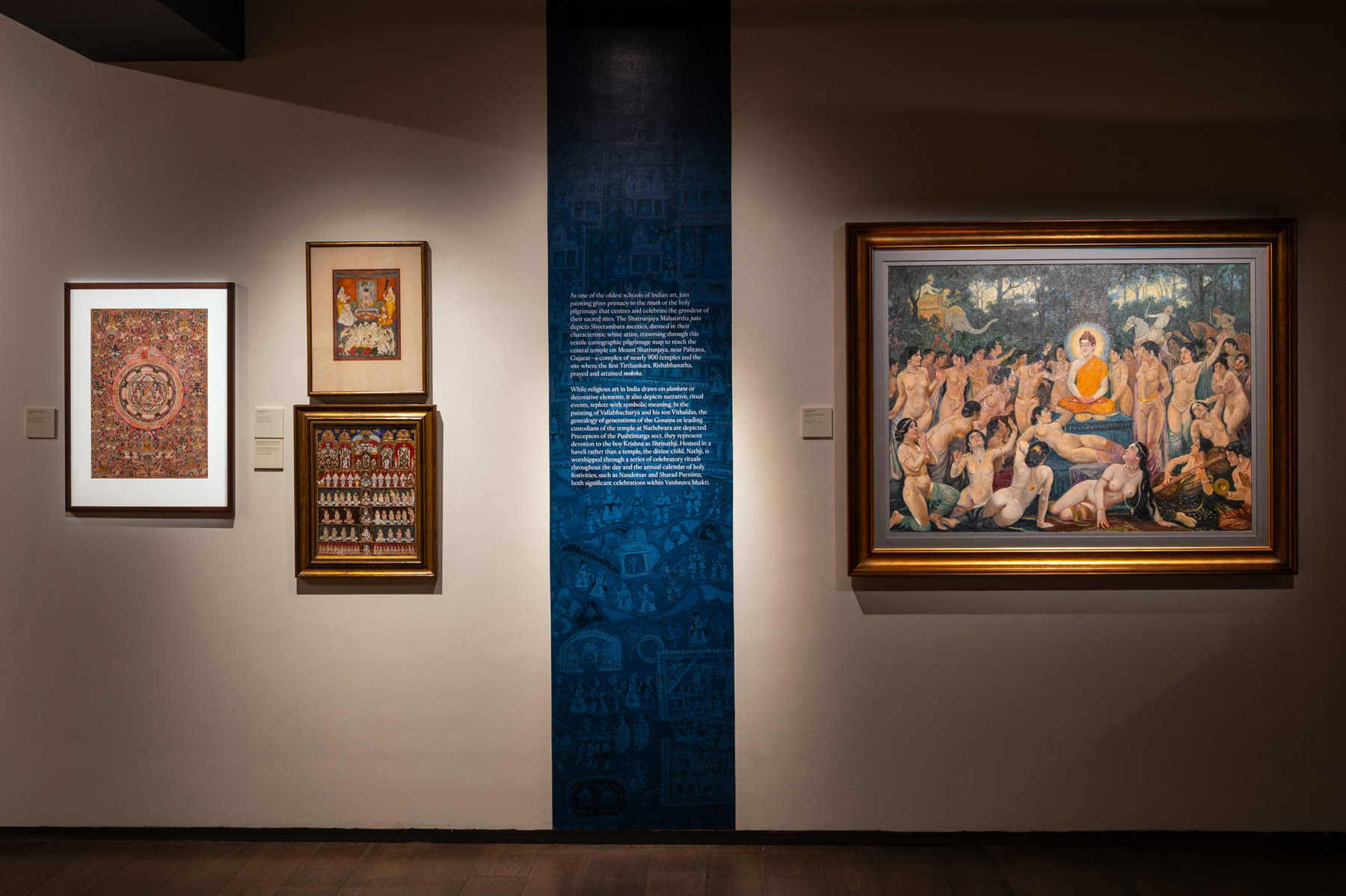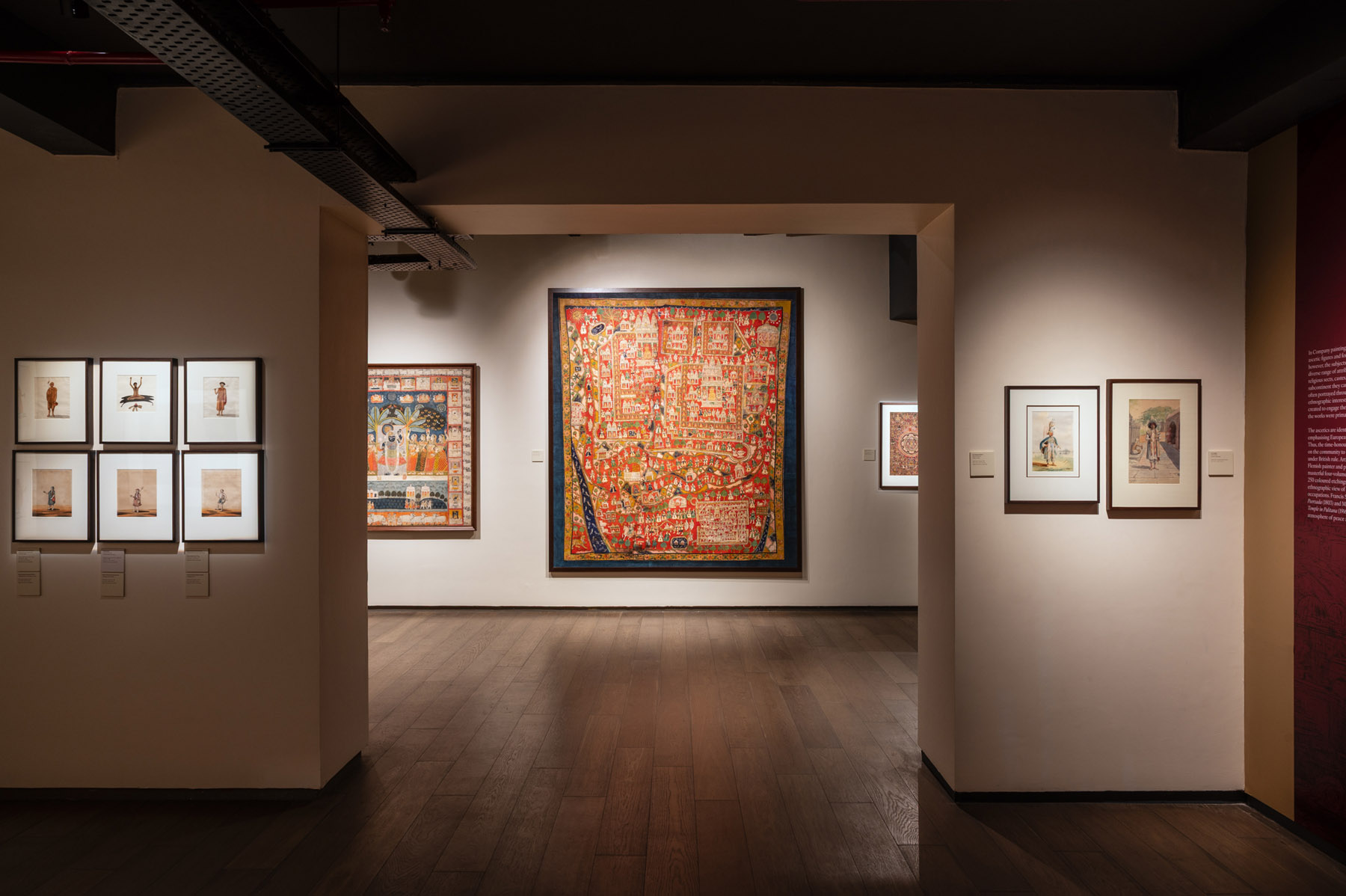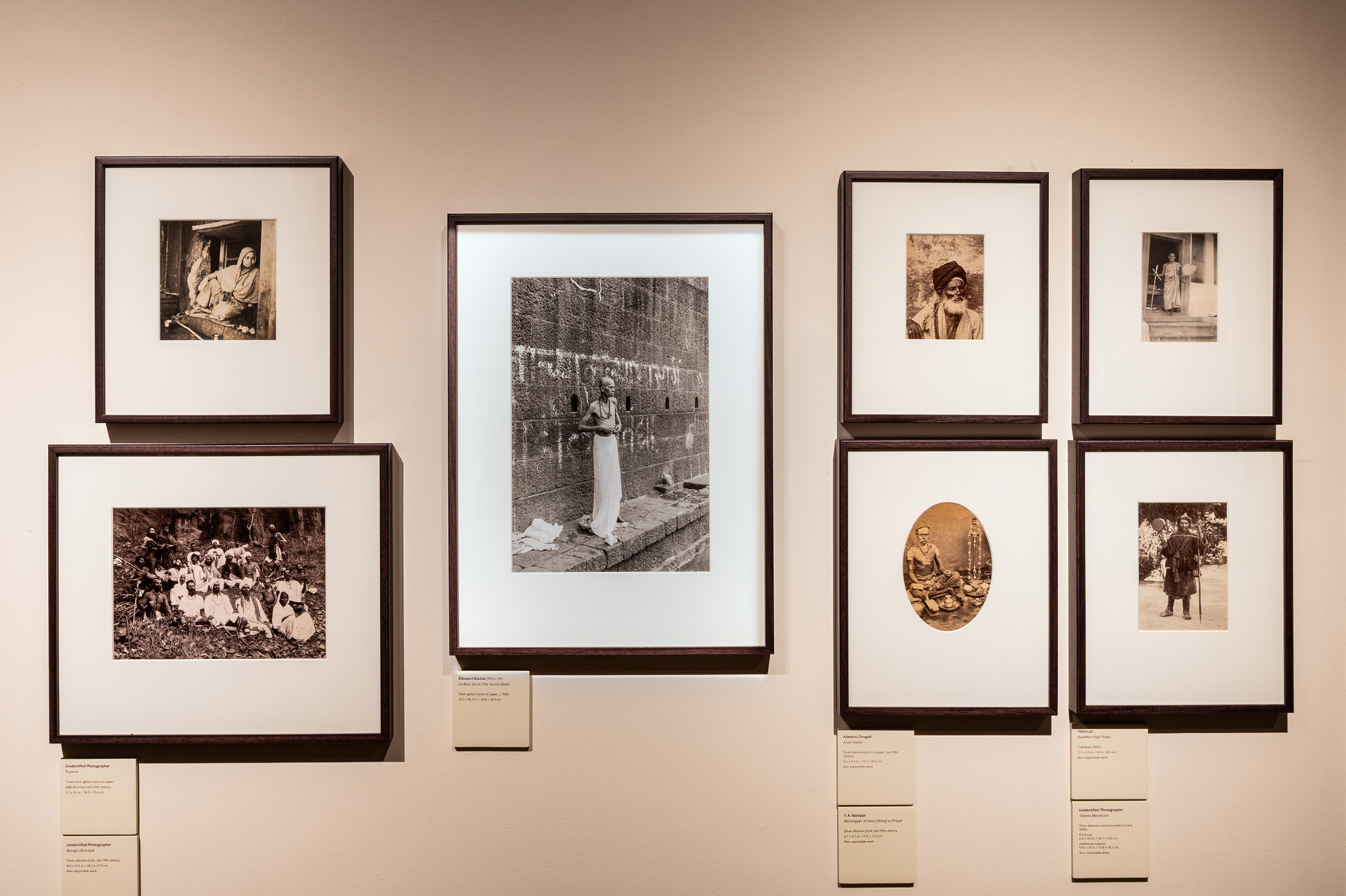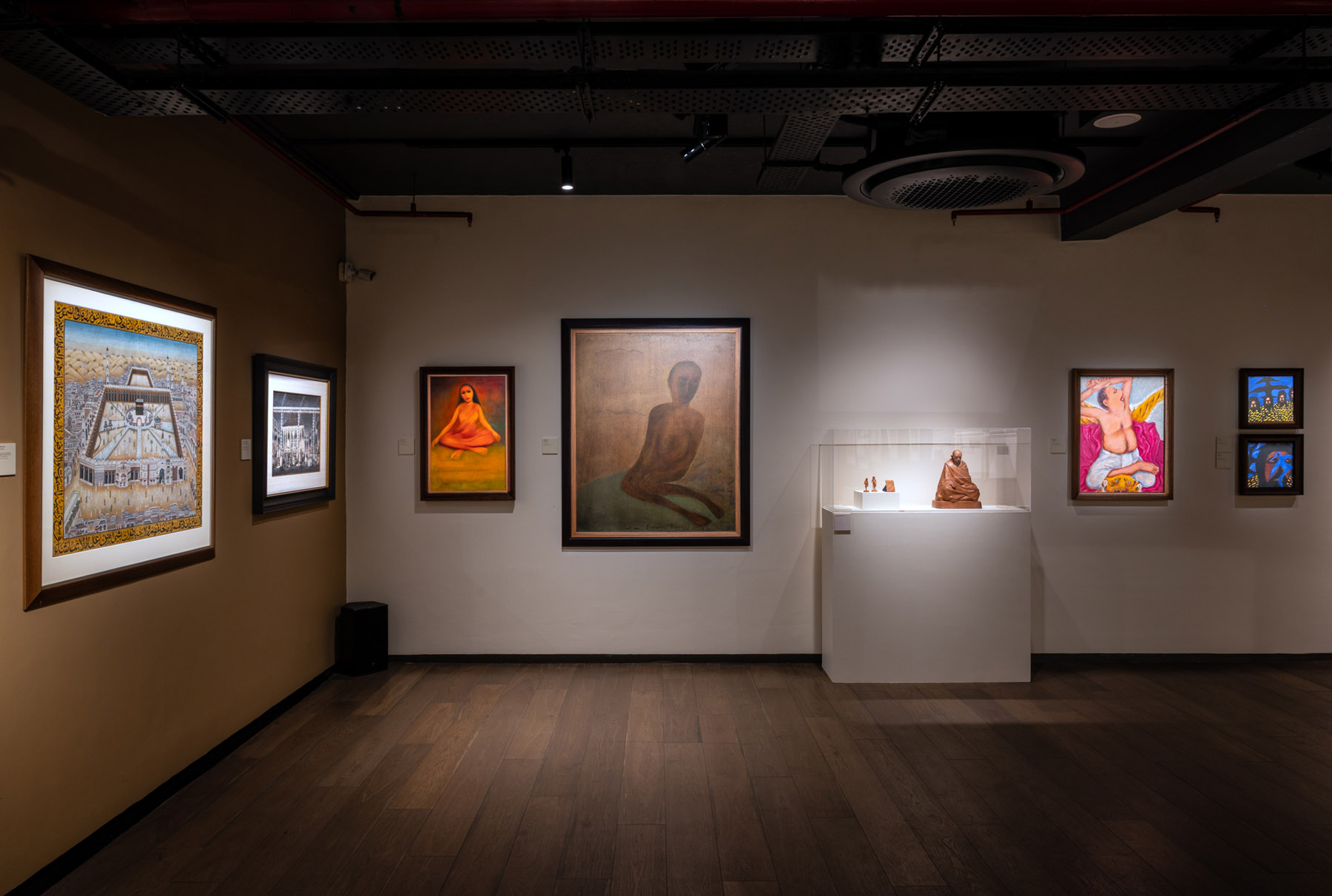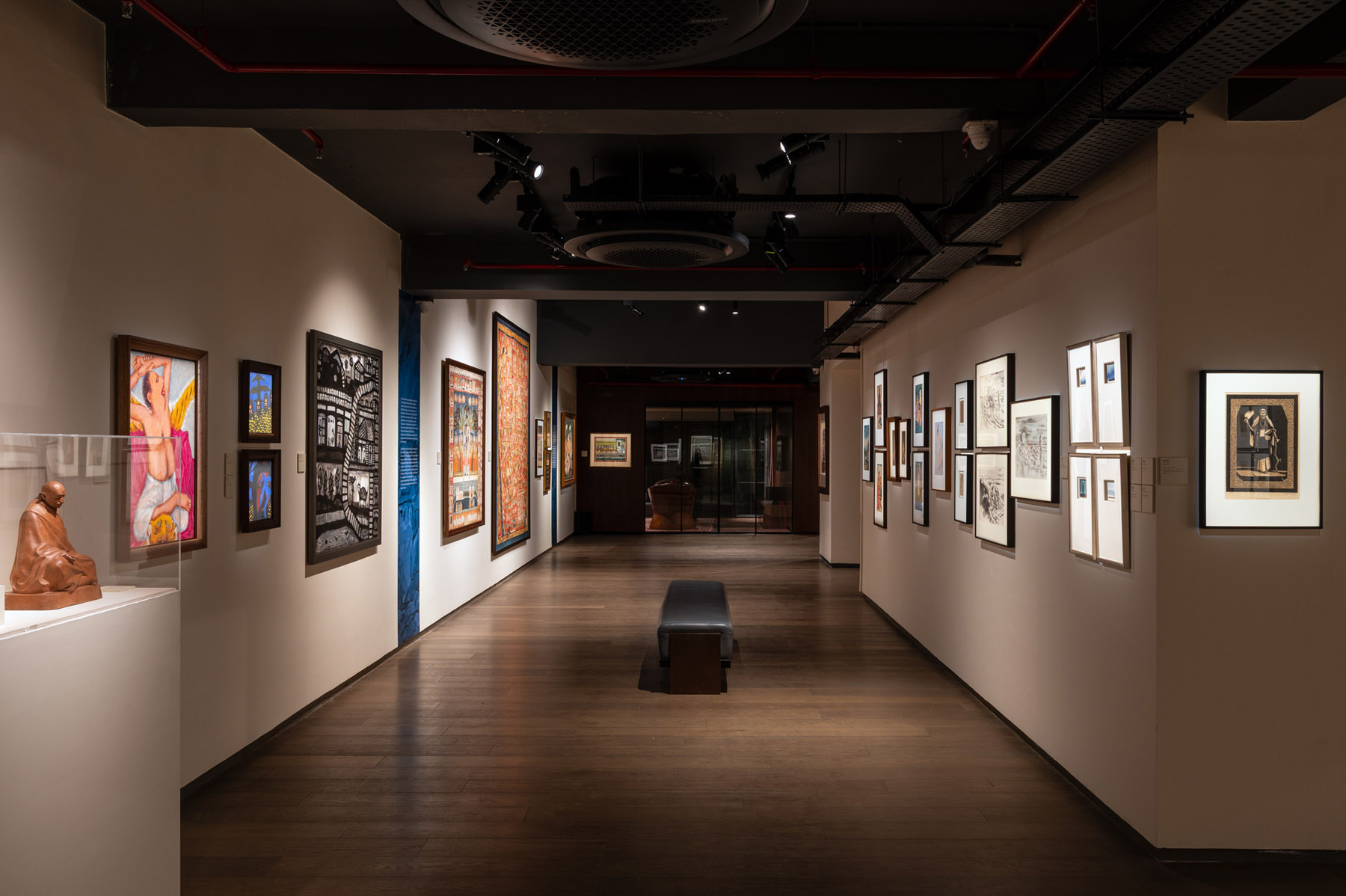The Body of the Ascetic
The Body of the Ascetic
The Body of the Ascetic
|
Gallery Exhibition The Body of the Ascetic
New Delhi:
30th August 2025 – 18th October 2025
|
|
|
Artists
|
“Variously known as a yogi, sadhu, nath, sannyasi, bairagi and Aghori in the Hindu tradition, bhikkhu and bhikkhuni in Buddhism, muni and sadhvi in the Jain faith, or as the dervish, sheikh, qalandar, maula or pir in the Islamic faith, the ascetic is a protean figure, whose pursuit of an ascetic way is variously interpreted….He represents life on the margins, which nevertheless influences larger political concerns, in the present as in ancient times.” – Gayatri Sinha |
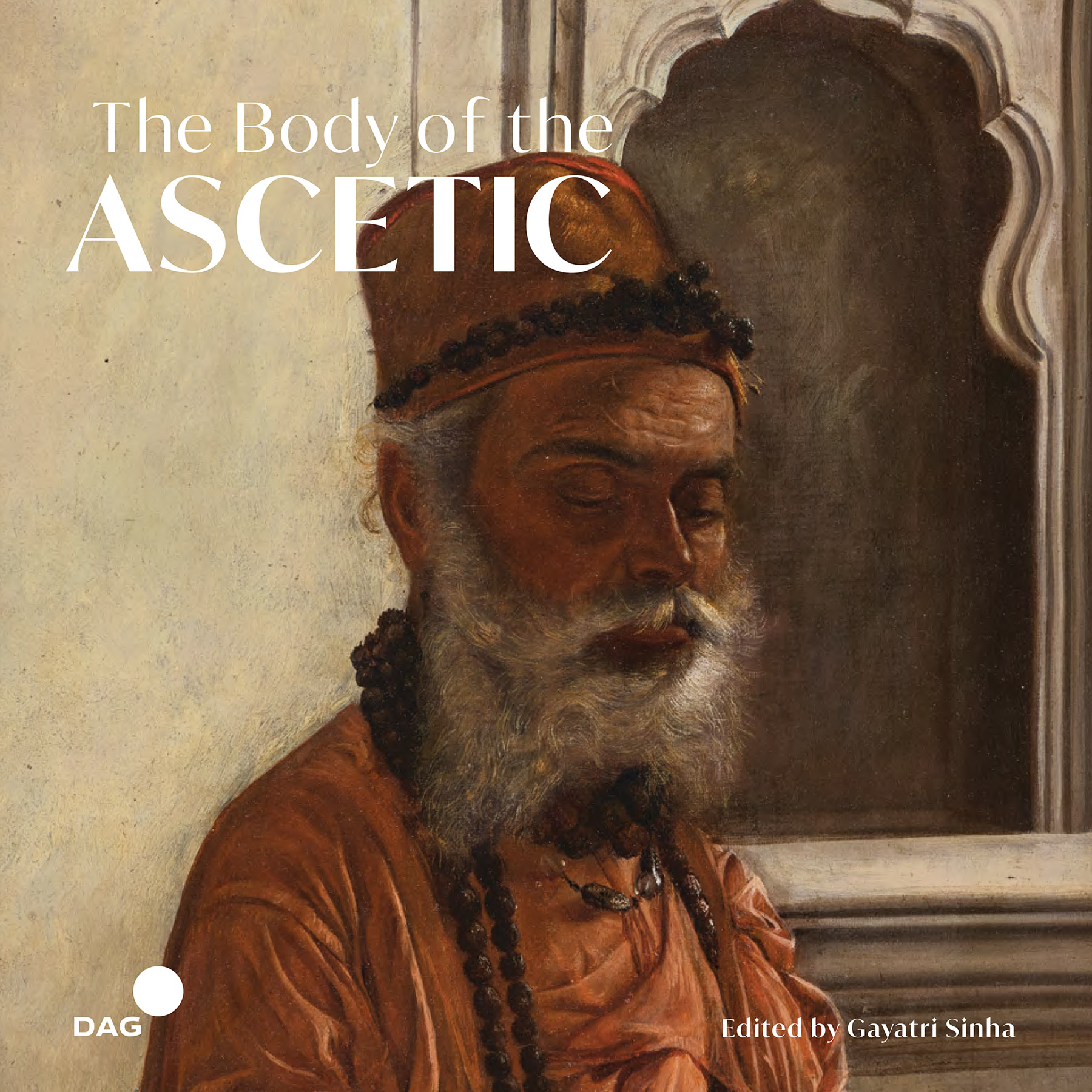
all artworks
Exhibition and Events
